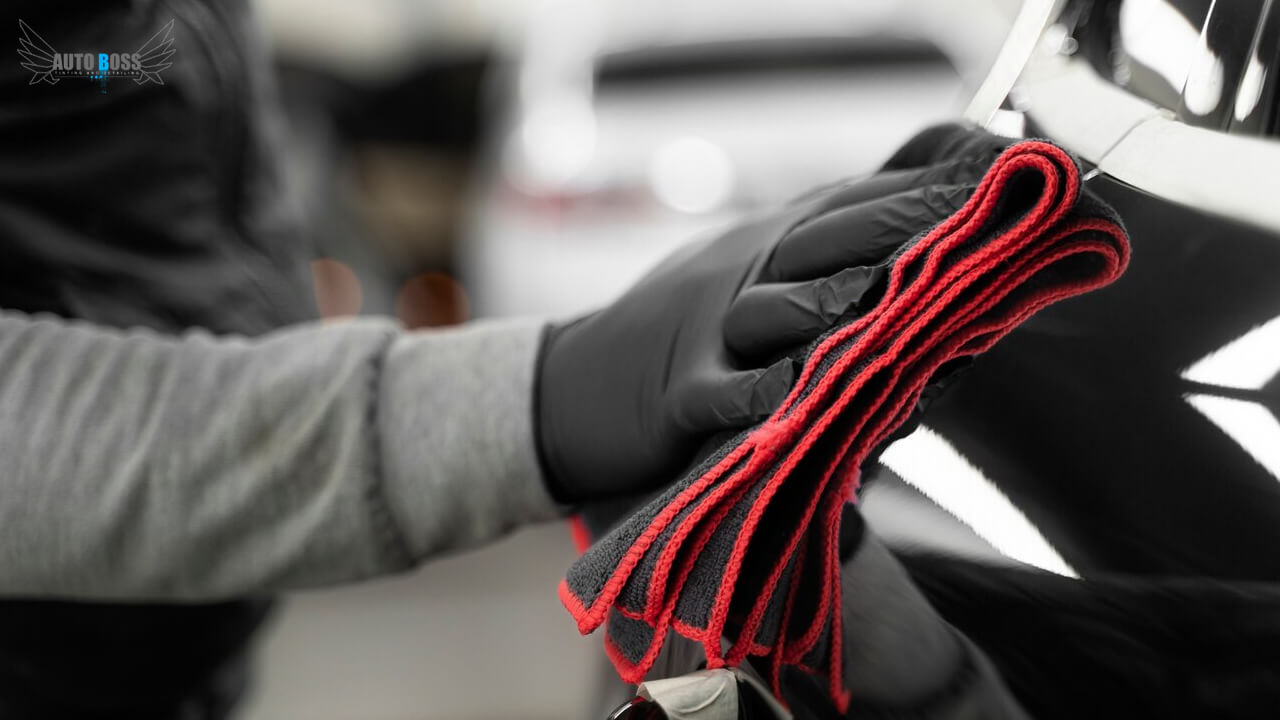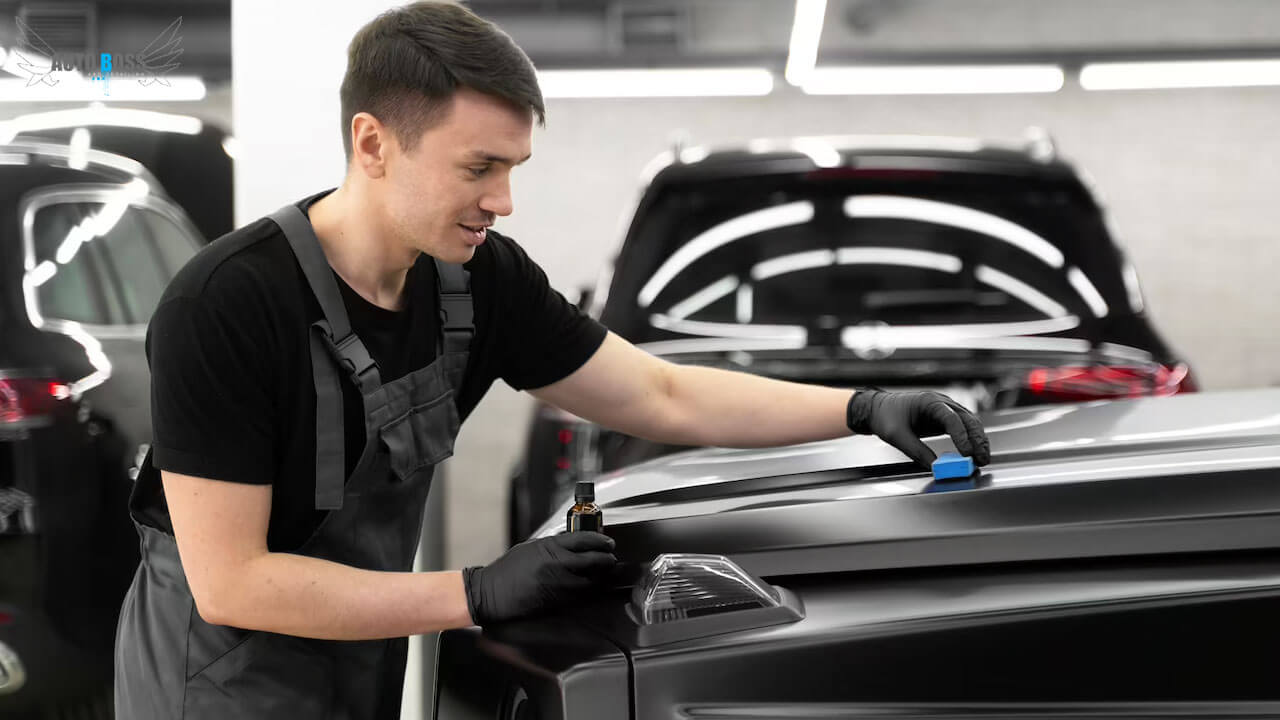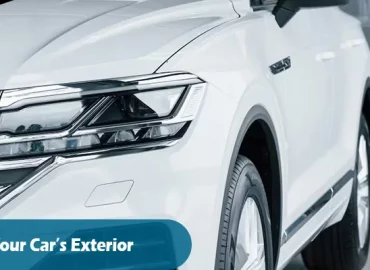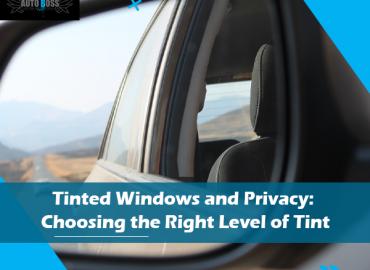Protective car coating technologies have evolved tremendously over time. Earlier, our industry relied on wax and paint sealants. But a transformation is taking place in the industry now as innovative Silicon Dioxide (SiO2) and graphene technologies transform it.
Today, ceramic and Graphene coatings are two of the most durable ways to protect your vehicle’s paint. Unfortunately, making a choice between the two can be tricky. But don’t worry. We are here to help you make an informed decision!
What is the ceramic coating?
A ceramic coating is composed of silicon dioxide, or silica, a mineral derived from quartz crystals.
Ceramic coatings combined with a number of chemicals form a liquid. Upon application to a car, it forms a clear-hard coating.
Discovered in 1950s, ceramic coatings were the top choice for those looking for something durable. When it comes to the long-term durability and overall paint protection, they outperform sealants and waxes.
There are many different grades of ceramic coating available today that amateurs and professionals can apply.

What is graphene coating?
Following ceramic coatings, graphene coatings are the “next generation” of paint protection. Made of carbon atoms stacked in a honeycomb structure, Graphene is extremely thin but extremely tough, even harder than a diamond!

Comparison
Ceramic coatings have various advantages over graphene coatings:
Enhanced hydrophobicity
Graphene has a higher “water contact angle” than other materials due to its honeycomb structure and chemical makeup, which prevents water from settling down like regular ceramic coatings.
A longer lifespan
There is no comparison between graphene coating and ceramic coating when it comes to durability and resilience. It is for this reason that Graphene has gained immense popularity among automobile enthusiasts.
Gloss and color depth are ultra-high
In comparison to any ceramic coating, graphene coating is amazingly rich, shiny, and gorgeous.
No water stains
Combining Graphene with ceramic coatings increases the surface’s heat resistance and drastically reduces the number of water spots that appear on the ride’s surface due to ceramic coatings’ tendency to retain heat.
Which one is better?
Yes, that’s the question we’re here to address. Let’s summarize all the points first.
- Graphene coatings are more durable.
- Graphene coatings protect better against UV rays and chemicals.
- Graphene coatings also last longer, with most manufacturers offering five-year warranties.
- Ceramic coating is easier to apply and remove.
- Ceramic coatings also provide reasonable protection against UV rays and chemicals but are not as good as Graphene.
- Ceramic coatings are cheaper (for a reason) but still protect well.
- Ceramic coatings are also easier to find in your local market since they’ve been around longer.
- With a graphene coating, you’ll get your money’s worth and more years of protection in environments with rainfall and high temperatures. Years, not months.
- Both are equally glossy and slick. The quality of coatings depends on how well they were applied or installed. Consider the environment and products used when selecting where and how Graphene or Ceramic can be applied to your vehicle.
In short, each coating type has its advantages and disadvantages. You must decide which one best suits your needs. Graphene, however, wins as it offers the maximum coverage and protection.
Is graphene coating more expensive than ceramic?
Graphene and ceramic coating prices vary depending on the brand and quantity purchased. But there isn’t much of a difference between the two.
However, graphene coating costs more. You can expect to pay between $70 and $100 for 30ml of graphene coating.
In comparison, ceramic coatings are cheaper and cost $50 to $100 for 30ml.
Due to its longevity and environmental friendliness, Graphene is worth the extra money. For a long-lasting, durable vehicle coating, Graphene is your best choice.

Graphene coating process
The three main methods of applying Graphene are:
- Spray coating
- Roll coating
- Dip coating
The most popular method for applying Graphene is spray coating. Easy to apply and provides an even, thin coating. Let’s get into the process:
Wash the car thoroughly: Graphene needs a clean surface to work. A thorough wash is necessary both inside and outside the car. Clean dirt, dust, and debris with mild soap and water.
Dry the car completely: Make sure your car is completely dry. Water left on Graphene’s surface can prevent bonding. Remove any water from nooks and crannies with a leaf blower or compressed air.
Clay bar the surface: Use clay bars to remove paint contaminants. The Graphene will adhere better to your car’s surface if you follow this step. To ensure Graphene adheres properly, clean up any residue.
Apply Graphene: Graphene can now be applied. Shake the can well and hold it about six inches away from the car’s surface. Apply a thin, even layer in small sections. Choose areas that are only a couple of square feet each. This will ensure proper coverage and make you less likely to miss a spot.
Cover the entire car: Cover the car completely with graphene products using a microfiber towel primed with the spray. To make this process easier, work in small sections.
Buff the car: In order to remove any excess graphene, you need to buff the car. Buff your car using a clean microfiber towel until it shines.
Allow Graphene to cure: For Graphene to be fully set, allow it to cure in a cool, dry place for 6-12 hours. During this time, avoid driving your car to prevent it from getting wet, dirt, and debris.
Your car will be ready for action upon completion of the cure time.
Conclusion:
Ceramic coatings are made of Silicon Dioxide (SiO2) or silica. In 2004, Graphene won the Nobel Prize for its incredible properties. It is a hundred times stronger than steel, yet flexible and unbreakable. The use of Graphene in a protective coating for cars has shown some amazing results!
Auto Boss Vaughan offers both Graphene and Ceramic Coatings
For ceramic or Graphene coatings, contact Auto Boss Vaughan. If you have questions, we’re happy to answer them. Depending on your requirements, we’ll determine what paint protection coating is best for you. Get in touch with us and book today.
FAQs
Graphene coatings: are they worth it?
Yes. Graphene is a wonder material that outperforms any other coatings on the market. In addition, it is extremely easy to apply and maintain, making Graphene Matrix the most cost-effective and valuable coating.
What is 2023’s best graphene coating?
The following are the best graphene coatings for cars today: Adam’s Graphene Coating, Ethos Graphene Coating, 303 Graphene Nano Spray Coating, ArtDeShine Graphene Coating, Glassparency Graphene Coating, SPS Graphene Coating, and IGL Ecoshine Renew F4.
Can you put Graphene on ceramic?
No, you cannot. Graphene cannot be applied over other coats, sealants, or waxes. It is recommended to clean your vehicle if it already has a coat, wax, or sealant.
Graphene coating vs. PPF?
Graphene coatings offer the best protection. They are also more hydrophobic and durable, providing excellent protection than ceramic coatings. In terms of ease, however, PPF is your best option.
What is the price of graphene coating?
Today, graphene prices are similar to ceramic coatings. For example, for a 60ml bottle, Adam’s Polishes charges $79, and Ethos Car Care charges $99 for a 30ml bottle.




